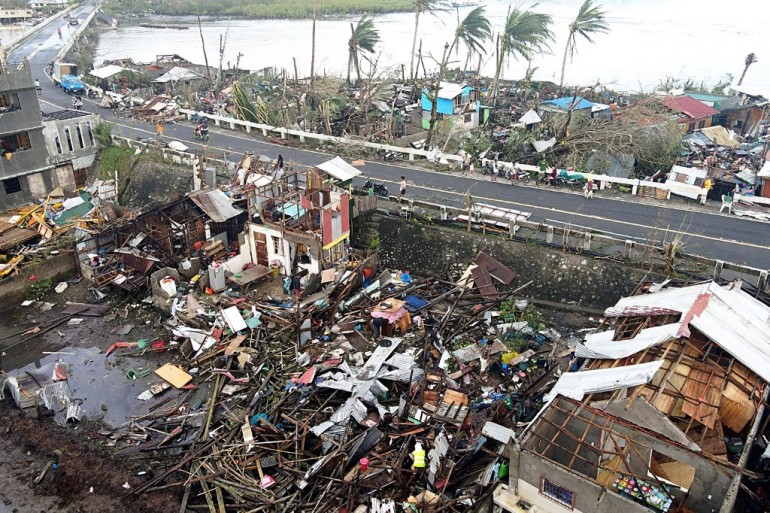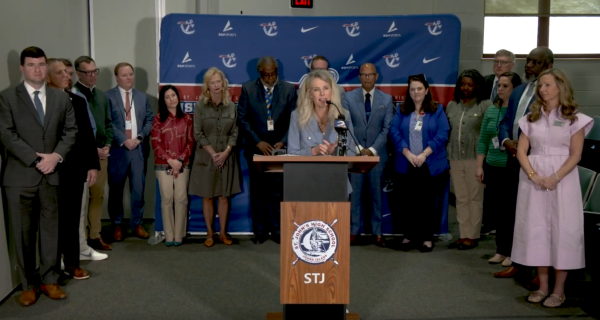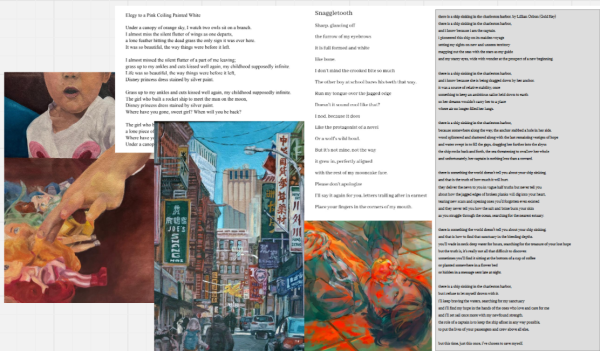Typhoon Rai devastates the Philippines
Biggest Typhoon to hit the Philippines this year
The Philippines is an archipelago composed of about 7,640 islands in Southeast Asia. Every year, they are devastated by many typhoons. A typhoon is a mature tropical cyclone that develops between 180° and 100°E in the Northern Hemisphere. These are within the Northwestern Pacific Basin, which account for one third of the world’s tropical cyclones.
Typhoon Rai made landfall on Siargao Island in the Philippines on December 16th. This was the fifteenth typhoon to hit the Philippines this year but by far the largest and most devastating. It initially hit Siargao, a popular tourist and surfing destination, with winds of up to 160 miles per hour (260 kilometers per hour), the equivalent to a Category 5 hurricane. Many of the islands’ residents evacuated but millions were still left at risk in their homes. Rai then traveled west. It spread to Surigao city where there were many seen on the roads begging for food and water after their community had been destroyed. It is predicted that over 4.1 million children have been affected by Rai alone in the Philippines. In Carega, it is estimated 16,000 families are taking shelter in evacuation centers. Although the worst of the typhoon seems to have passed, there is still more to come. Water borne diseases are becoming more apparent, like diarrhea, in these evacuation shelters, and these populations are still battling with covid-19.
All along this Rai’s journey, it ripped down power lines, destroyed homes, destroyed buildings, spread flooding, and tore down trees. This typhoon, known locally as “Odette” has claimed more than 375 confirmed lives, with 56 still missing and 515 injured. More deaths are suspected to be confirmed as rescue attempts continue. In the past 20 years, storms have been significantly worse in these island nations due to our ongoing worldwide climate crisis. Super Typhoon Haiyan is another Typhoon that comes to mind when thinking of the devastating effects of storms in the Philippines. This storm made landfall in 2013 and took over 6,000 lives. We must work together as a world to help these countries that are hit hard by these storms, and also work towards fixing the growing climate crisis to diminish the strength of these storms for future generations.








